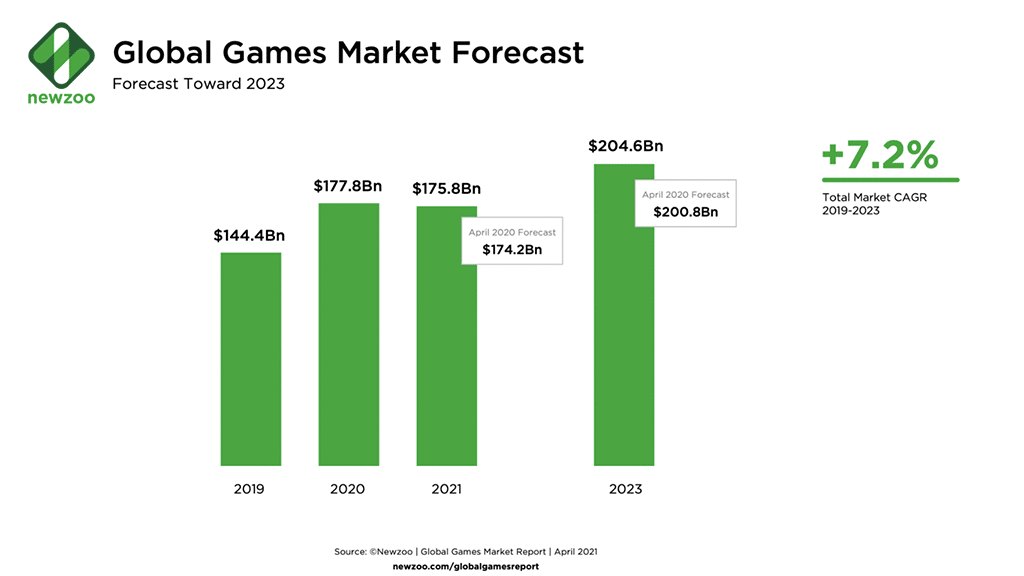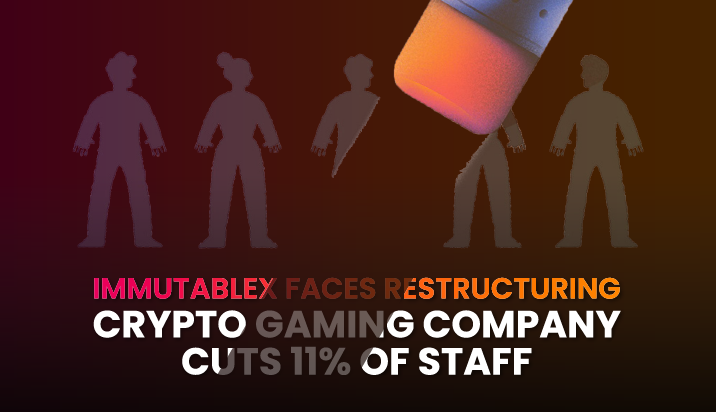Redefining the Economic Model of Web3 Gaming with GalaxyBlitz
Anchoring NFT Prices through Fixed Consumption: GalaxyBlitz's Three-Token Model
With free-to-play (F2P) games generating 74% of the mobile game industry's revenue, it's evident that the F2P model dominates the industry. As we explore the vast topic of Web2 games, what lessons can we derive from this successful model?
In order to delve deeper into the F2P model, it's crucial to first examine the concept of price discrimination. Manufacturers can maximize their profits by offering affordable prices, a strategy frequently employed through techniques such as big data profiling, time-limited discounts, buy-one-get-one-free deals, and coupons, all of which are common examples of price discrimination in our everyday lives.
The F2P model has emerged as an ideal tool for price discrimination in gaming due to its high production costs and relatively low marketing expenses. The model allows for the reduction of the actual selling price of the product through various means, making it a suitable commodity for price discrimination tactics.
Newzoo Consulting Firm Predicts $200 Billion Market Size for In-App Purchase Games by 2023 What lessons can we draw from this situation?
What lessons can we draw from this situation?
To begin with, we can examine the economic reasons behind the failure of games like Axie Infinity. One contributing factor is the absence of price discrimination.
GalaxyBlitz, a new Web3 game, which as a MMOSLG (Massive Multiplayer Online Simulated Life Game), is gaining popularity among users due to its unique economic model aimed at achieving price discrimination. This sets it apart from Web2 games. The popularity of MMOSLG games has been increasing worldwide, and they have proven to be very profitable in recent years.
Do these successes inspire the success of Web3 Gaming? A three-token model can be proposed as follows:
- Governance Token: used for in-game governance, which is consistent with other Web3 gaming projects.
- Tesseracts: Similar to the gems in Clash of Clans, the main in-game currency in GalaxyBlitz is called “Tesseract”, and the price is fixed at 0.01$. These are centralized tokens and will not appear on the chain. On the one hand, price fixing is the basis for the project team to implement price discrimination. On the other hand, there is also the need for Web2 players to spend money in Google Pay and Apple stores. The consumption of Tesseract by players will fund the DAO treasury and be used to repurchase gold tokens.
- Tesseract: Possesses a large amount of cosmic raw energy that can transform time and space, so it can greatly speed up the construction process and enhance the abilities of heroes and soldiers.
- Gold Token: Hyrdoxyl (HY) is an on-chain token. HY is released by NFT players according to the in-game rules. After HY is transferred to the game, it will be automatically converted into tesseract tokens according to the market price.
- HY Lab: Distributed on planets with ancient biological genes, these biological genes can reveal the mysteries of the universe, so they can be converted into a space-time matrix, but the conversion efficiency depends on the quality of the mined genes. The powerful alliance of interstellar colonization groups (guilds) will exploit HY in large quantities by occupying these resource planets.
The three-token model of GalaxyBlitz proposes a way to anchor the price of NFTs through fixed consumption. The game offers two methods to generate GalaxyBlitz NFTs. The first method involves NFT merging, which differs from the birth models of Axie and Stepn. In GalaxyBlitz, the merging of NFTs is tied to guild wars. Only guild members who occupy resource stars with NFT cloning factories are qualified to generate NFTs. This system encourages intense competition between guilds for resource planets and promotes the growth of guilds. As a result, players are advised to carefully build their own interstellar defense lines. Above is an original image of a GalaxyBlitz NFT clone factory. The Flying Pyramid is an industrial spaceship of the Borken Military Chamber of Commerce that will randomly fly to a certain planet on the GalaxyBlitz Interstellar map to provide NFT weapons, spaceships, and hero replication and cloning service
Above is an original image of a GalaxyBlitz NFT clone factory. The Flying Pyramid is an industrial spaceship of the Borken Military Chamber of Commerce that will randomly fly to a certain planet on the GalaxyBlitz Interstellar map to provide NFT weapons, spaceships, and hero replication and cloning service
The consumption method for the second generation of GalaxyBlitz NFTs involves drawing cards to generate hero NFTs. This method uses the krypton gold token: space-time matrix for card drawing, and since the price of tesseract is fixed, the price of hero NFT will also remain fixed. For instance, if the hero NFT price is $100, it will always be $100 and will not change. Additionally, the GalaxyBlitz team plans to utilize the price discrimination method of Web2 to encourage players to consume NFT cards, thereby promoting the consumption of tesseract and the generation of cards.
The economic model of the GalaxyBlitz NFTs is more similar to "shared property housing" in which the cost of the NFT is fixed instead of decreasing with the decline of tesseract, giving the NFT a price "floor" that significantly reduces losses for players. This aligns with the Web3 mining economic model in which the manufacturing cost of Bitcoin mining machines is constant and not affected by the fluctuations in the price of BTC.
The benefit of this type of economic model, on the other hand, is that it helps transfer the experience of Web2 game practitioners in recharging (i.e., implementing "price discrimination") to Web3 gaming quickly. Practitioners only need to design a "krypton gold token -> NFT -> golden token -> krypton gold token" circulation path.
Once the quality of Web2 games can be matched in Web3, as is the case with GalaxyBlitz, it will pave the way for the next bull market in GameFi. In this scenario, the new economic model will not result in a "death spiral" problem. For Web3 gaming to have a healthy ecosystem, the income of "gold hunters" must come from "krypton gold hunters", which can only be achieved through the development of high-quality games.
GalaxyBlitz can be downloaded here.




